You are here
New Releases

A Guidance Note on Alternative Rites of Passage and Cultural Practices for Adolescents and Young People in East and Southern Africa
This guidance note describes the dominant adolescent rites of passage and initiation ceremonies in four countries in the Southern African region - Malawi, Eswatini, South Africa and Zambia . UNFPA-ESARO chose to focus on these four countries because they are implementing countries of the Safeguard Young People Programme (SYP).
UNFPA-ESARO’s goal in this guidance document is to raise additional awareness about those practices that are limiting young people’s potential and, in some cases, harming them physically, socially and emotionally.
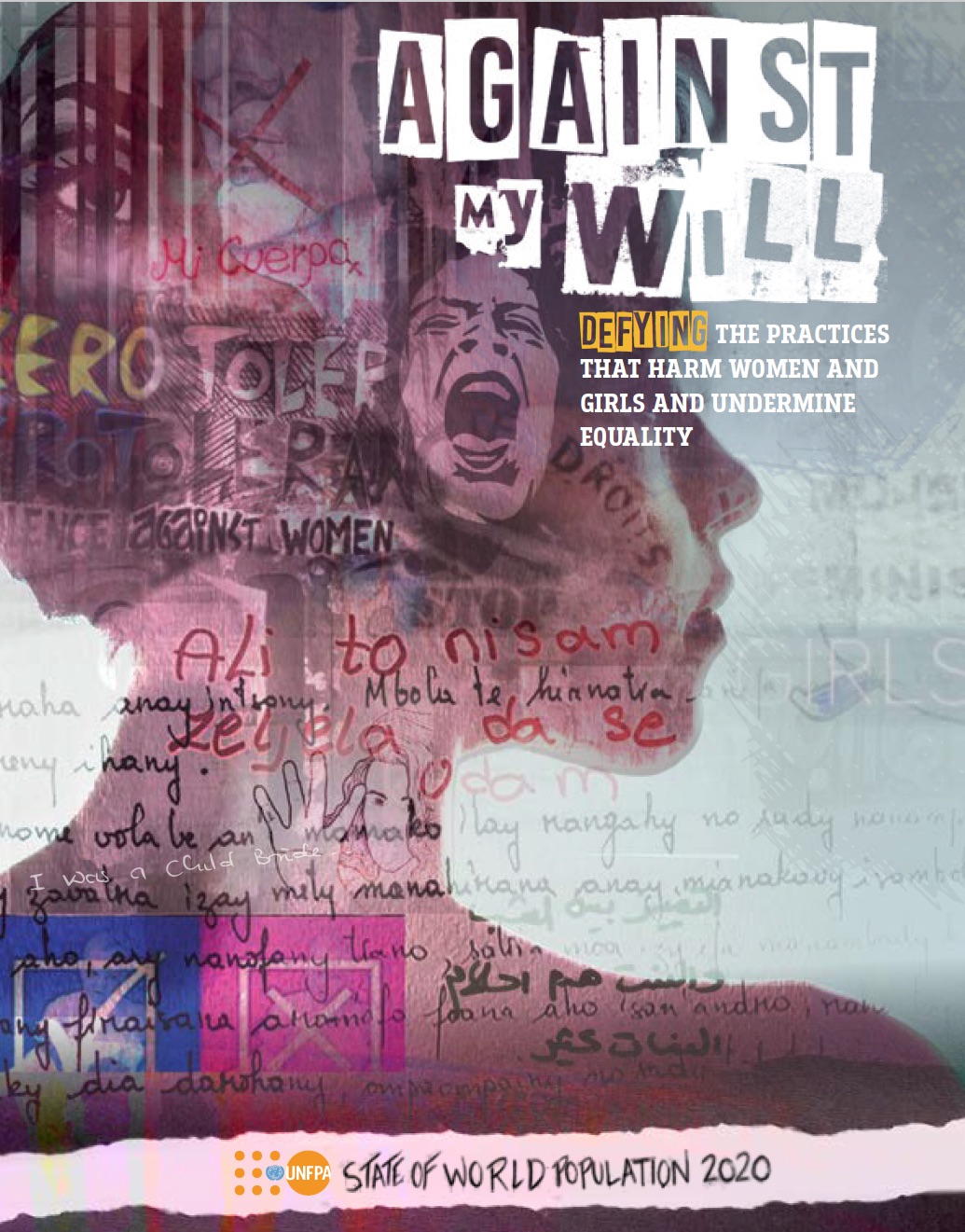
Against My Will
Every day, hundreds of thousands of girls around the world are subjected to practices that harm them physically or psychologically, or both, with the full knowledge and consent of their families, friends and communities.

Mapping of Integrated Sexual and Reproductive Health and Rights and Economic Empowerment Programmes for Adolescents and Young People
UNFPA ESARO mandated a systematic mapping of documented, existing initiatives and programmes that integrated sexual and reproductive health and rights (SRHR) in economic empowerment and/or asset-building and/or entrepreneurship frameworks/ programmes for young people.
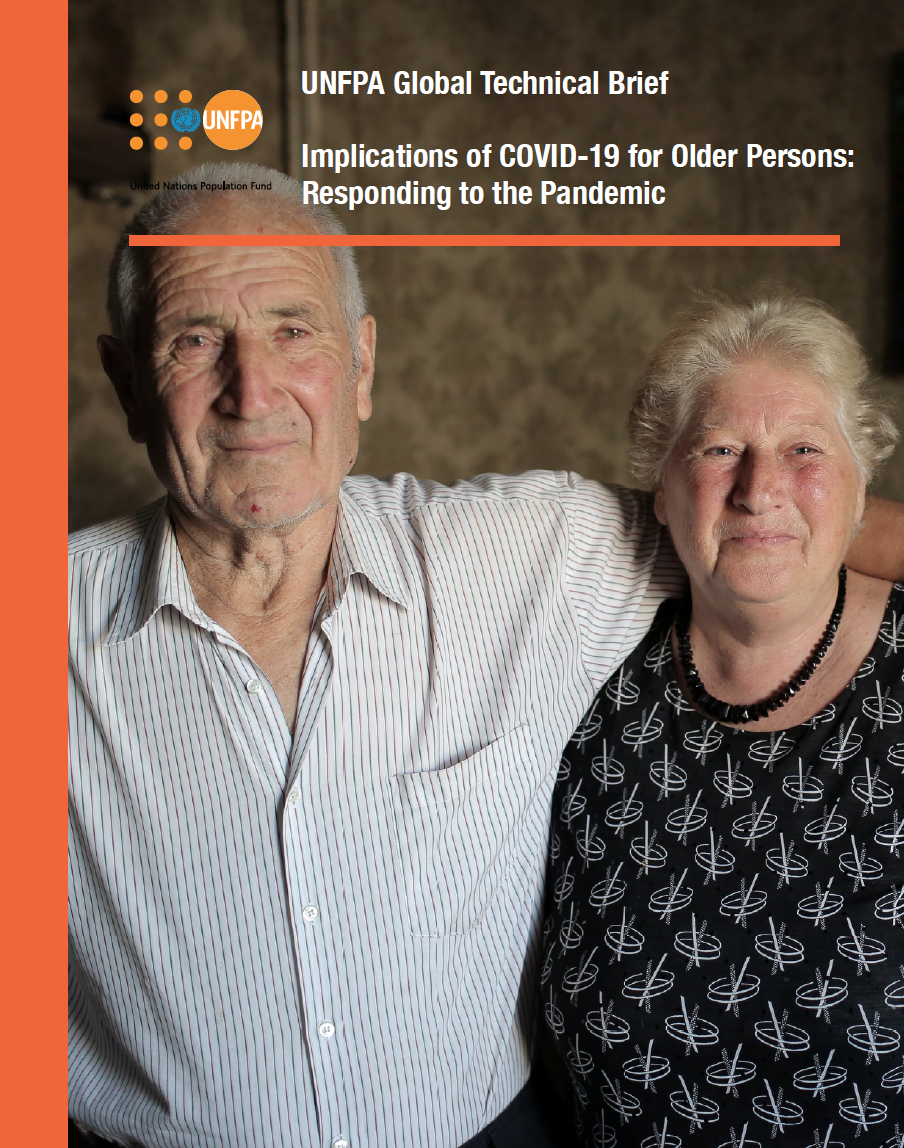
Implications of COVID-19 for Older Persons: Responding to the Pandemic
UNFPA focuses on human rights, health and protection of older persons in light of COVID-19, and this document highlights relevant initiatives underway in offices worldwide. It underscores UNFPA’s role in supporting the UN COVID-19 response at the country level, under the leadership of the United Nations Resident Coordinator system and the World Health Organization (WHO).

Evaluation of Behaviour Change of young people using TuneMe in Southern Africa
The objective of the evaluation was to understand the users; understand the progress made by individual users towards behaviour change; obtain client feedback/satisfaction, and obtain insights on implementation of the platform.

Impact of the COVID-19 Pandemic on Family Planning and Ending Gender-based Violence, Female Genital Mutilation and Child Marriage
UNFPA aims to achieve three world-changing results by 2030, the deadline for achieving the Sustainable Development Goals. COVID-19 pandemic could critically undermine progress made towards achieving these goals.
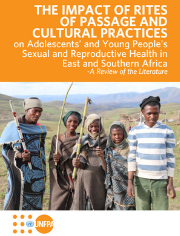
The Impact of Rites of Passage and Cultural Practices on Adolescents’ and Young People’s Sexual and Reproductive Health in East and Southern Africa
UNFPA reviewed the existing literature relating to adolescent rites of passage and initiation ceremonies in four countries in Southern Africa (Malawi, Eswatini, South Africa and Zambia), to assess the impacts of these rites on young people in those countries, and propose alternatives for those found to be harmful physically, socially and/or emotionally .
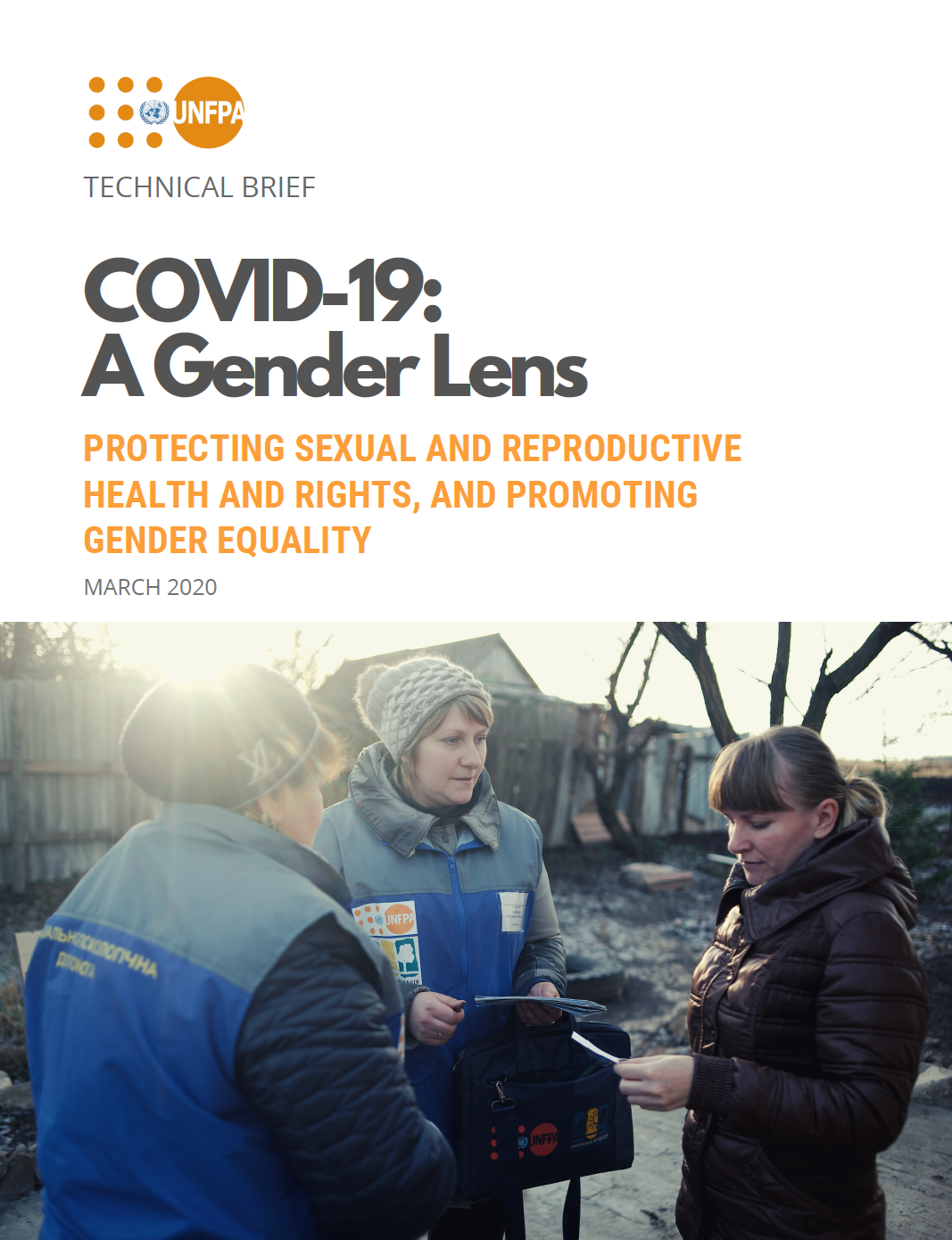
COVID-19: A Gender Lens
Disease outbreaks affect women and men differently, and pandemics make existing inequalities for women and girls and discrimination of other marginalized groups such as persons with disabilities and those in extreme poverty, worse. This needs to be considered, given the different impacts surrounding detection and access to treatment for women and men.
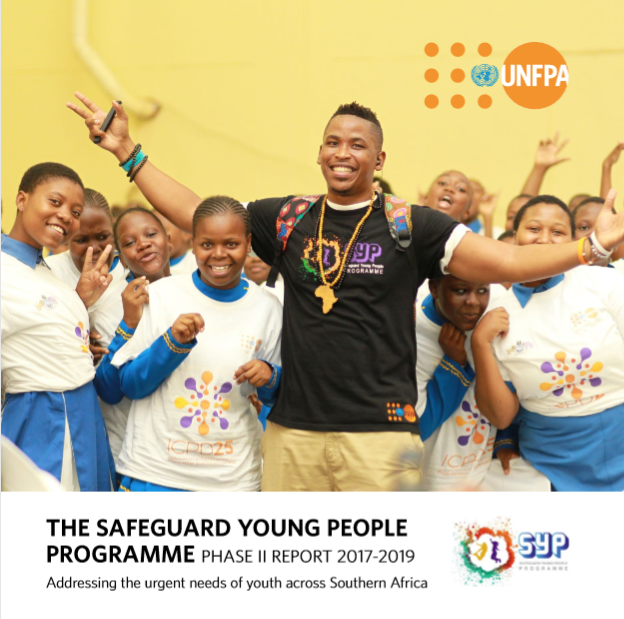
The Safeguard Young People Programme Phase II Report 2017-2019
SYP has been implemented by UNFPA and its regional and national partners since November 2013 in eight Southern African countries. Since then UNFPA successfully achieved a number of country and regional results in two Phases, which are detailed in this report.
Our Journey
These Safeguard Young People best practices have been implemented for periods varying between three and six years. With a clear description of strategies selected, lessons learned, what worked and what didn’t work, the step-by-step implementation processes documented here allow these best practices to be scaled up in different settings.